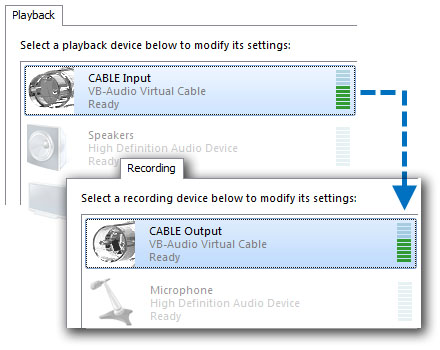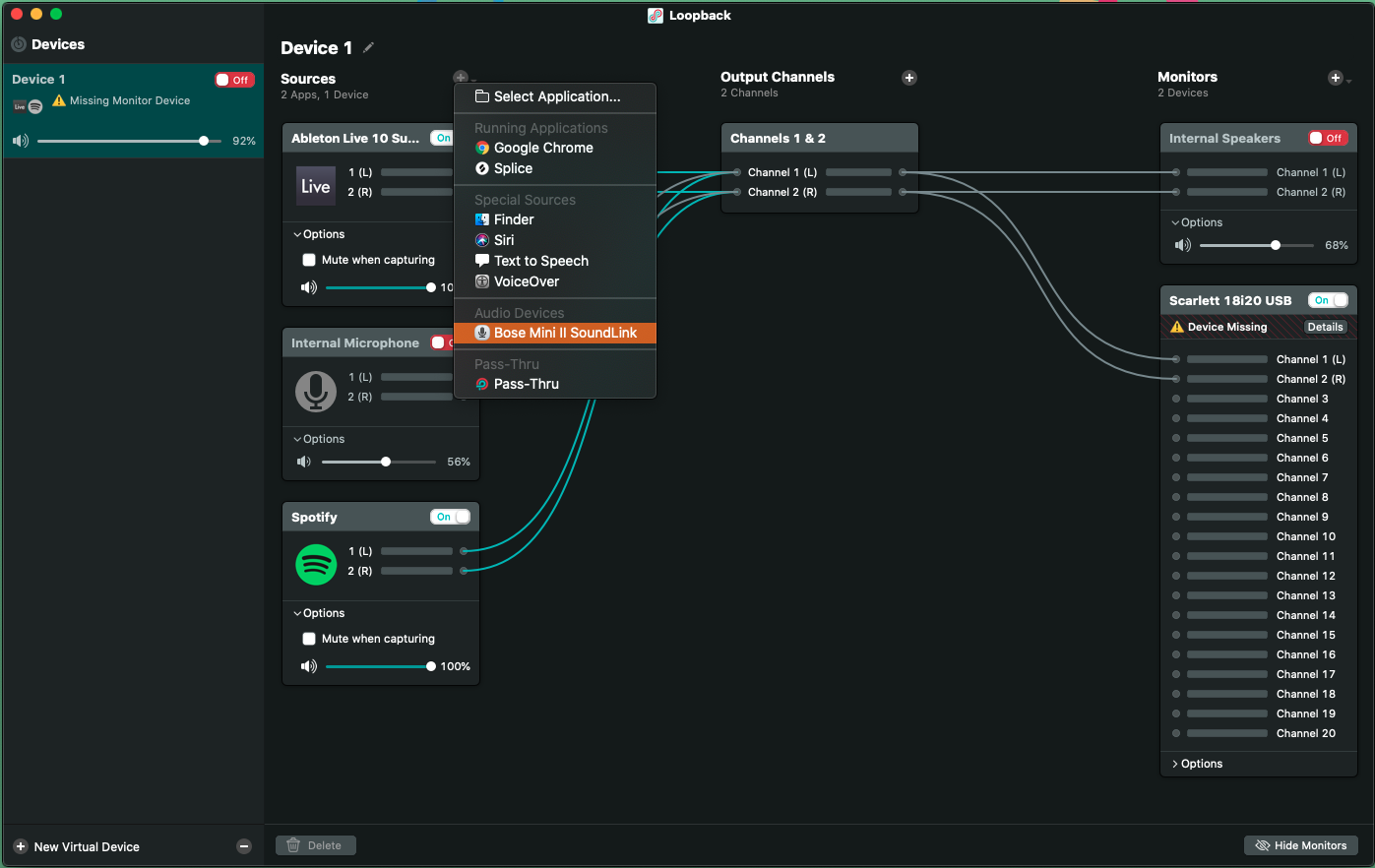

Barring that, or someone from Ircam confirming the implementation, a blinded listening test perhaps. two separate identically configured instances with the same input would need to generate the same output). It could be tested if SPAT passes the null test (i.e. Is SPAT implemented this way, such that the reverb function is distributive? I don't know, but it isn't necessarily the case.

No?Īnd since SPAT is not simply something which you add to a source (like you would a traditional reverb), but actually emulates the phenomenon which occurs when a source generates sounds in a space, I'm inclined to think that there is also going to be a big difference between sending 8 different sources into SPAT all at the same time, on the one hand, or processing them all individually, on the other.I do agree that in the real world separate sound sources would have some interaction and would be more than the sum of their parts. Piet De Ridder wrote: Jason, I would think there'd be a substantial difference between a room responding to 8 different instruments simultaneously, or that same responding to all these instruments separately and then summing the results. It seems like it should be a basic feature of every DAW.

It's unfortunate you would have to go through such rigmarole to send multiple sources to SPAT. I didn't try this with SPAT and my demo has now expired, but if it passes a null test we could learn whether multiple sources do interact within the same instance. I tried to determine this for EAReverb2 but it doesn't pass a null test which would be a prerequisite to do a black box test for this behavior (clearly there is some randomness in the reverb function). And SPAT can do that with up to 8 sources.Are you sure it works this way? Our intuition about the physical world suggests it should be so but there's every possibilty that given the reverb function f, f(a+b) = f(a) + f(b). It'll also respond differently to the combination bass+flute. That's fundamentally different from giving each source its own SPAT treatment.Ī room responds differently to a bass than it does to a flute. But bringing up to eight sources into one single SPAT-space and having these sources, all of them together, influence the room response for the whole group.
LOOPBACK CABLE FREE AUDIO ROUTING FOR WINDOWS DOWNLOAD
There's a free download to test it, buying it means $75. Presto! Your guests all hear both your voice and your audio add-ons.Īnd here's the Loopback blog. Play Audio to Podcast Guests - Combine your mic with audio sources like iTunes or QuickTime Player, then select your Loopback device as your source in Skype. Create a virtual device that grabs just the mic and the app’s audio to get exactly the audio you want. Screencasts - Screen recorders, including QuickTime Player, allow you to include either microphone audio or all system audio at once. With Loopback, you can combine multiple input devices into one virtual device for easy recording. Thankfully, they offer recording from many channels. Loopback, they say, gives you the power of "a high-end studio mixing board" right inside your Mac.Ĭombine Hardware Devices - Apps like GarageBand, Logic, and Ableton Live only record from a single audio device at once. Rogue Amoeba Loopback allows you to create virtual audio devices in a Mac, enabling you to take the sound from any application and/or audio input device, and send it to audio processing applications.


 0 kommentar(er)
0 kommentar(er)
